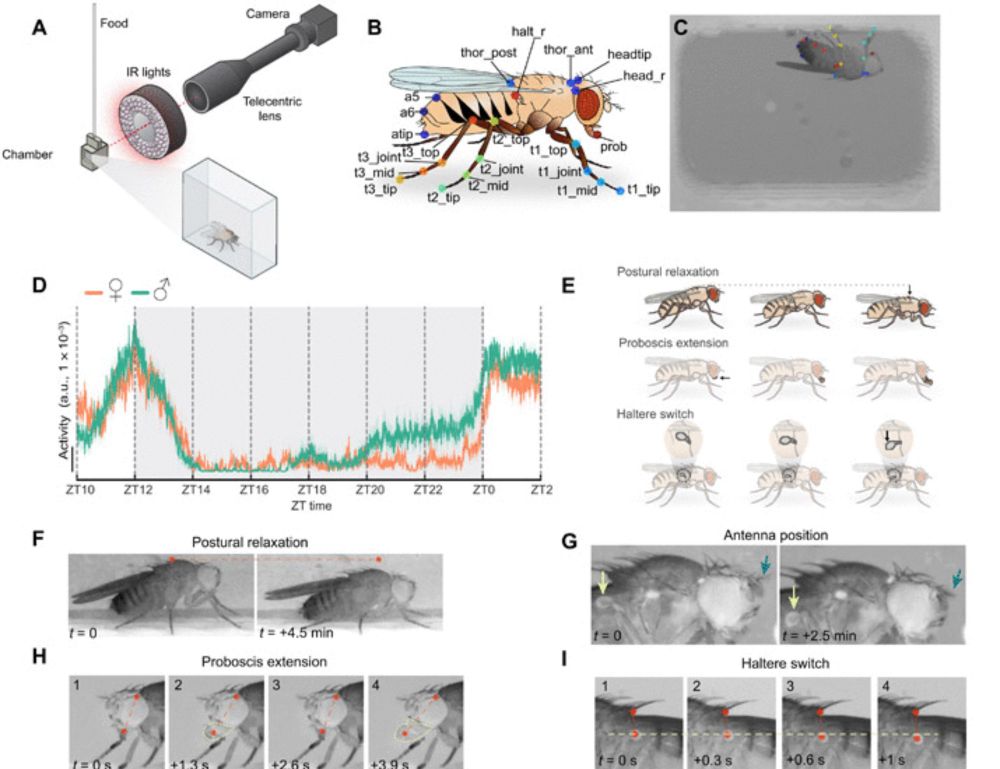doi.org/10.1101/2025...

doi.org/10.1101/2025...


doi.org/10.1126/sci...
With @ray-neuro.bsky.social, Shir Maimon, Liora Las, Nachum Ulanovsky and many others

doi.org/10.1126/sci...
With @ray-neuro.bsky.social, Shir Maimon, Liora Las, Nachum Ulanovsky and many others
www.mcb.harvard.edu/department/n... @sterrett-sc.bsky.social @hannazwaka.bsky.social @zwitscherarmin.bsky.social @rachellegaudet.bsky.social @dulaclab.bsky.social @harvardbrainsci.bsky.social @neurovenki.bsky.social

www.mcb.harvard.edu/department/n... @sterrett-sc.bsky.social @hannazwaka.bsky.social @zwitscherarmin.bsky.social @rachellegaudet.bsky.social @dulaclab.bsky.social @harvardbrainsci.bsky.social @neurovenki.bsky.social
www.biorxiv.org/cgi/content/...

www.biorxiv.org/cgi/content/...
doi.org/10.1101/2025...
🧠📈 🧪
1/11

doi.org/10.1101/2025...
🧠📈 🧪
1/11
We found a preference for visual objects in the mouse spatial navigation system where they dynamically refine head-direction coding. In short, objects boost our inner compass! 🧭
www.science.org/doi/10.1126/...
🧵1/

We found a preference for visual objects in the mouse spatial navigation system where they dynamically refine head-direction coding. In short, objects boost our inner compass! 🧭
www.science.org/doi/10.1126/...
🧵1/
Excited to present WHOLISTIC, which extends the concept of whole-brain functional imaging to the entire body. Pioneering work by incredibly talented Virginia Ruetten @vmsruetten.bsky.social, this platform reveals whole-organism cellular dynamics in vivo.
www.biorxiv.org/content/10.1...
Excited to present WHOLISTIC, which extends the concept of whole-brain functional imaging to the entire body. Pioneering work by incredibly talented Virginia Ruetten @vmsruetten.bsky.social, this platform reveals whole-organism cellular dynamics in vivo.
www.biorxiv.org/content/10.1...
with members of the @schierlab.bsky.social and Salzburger labs, as well as the burgeoning Shafer lab @uoftcellsysbiol.bsky.social
with members of the @schierlab.bsky.social and Salzburger labs, as well as the burgeoning Shafer lab @uoftcellsysbiol.bsky.social


https://go.nature.com/40wXMx6

https://go.nature.com/40wXMx6
🔗 www.science.org/doi/10.1126/...

🔗 www.science.org/doi/10.1126/...
@sinanmalik.bsky.social covers work describing how motor actions are linked with sensory feedback via the dorsal habenula–interpeduncular pathway
#preprint from the Portugues Lab #TU_Muenchen
#preLight⬇️
prelights.biologists.com/highlights/a...

@sinanmalik.bsky.social covers work describing how motor actions are linked with sensory feedback via the dorsal habenula–interpeduncular pathway
#preprint from the Portugues Lab #TU_Muenchen
#preLight⬇️
prelights.biologists.com/highlights/a...

